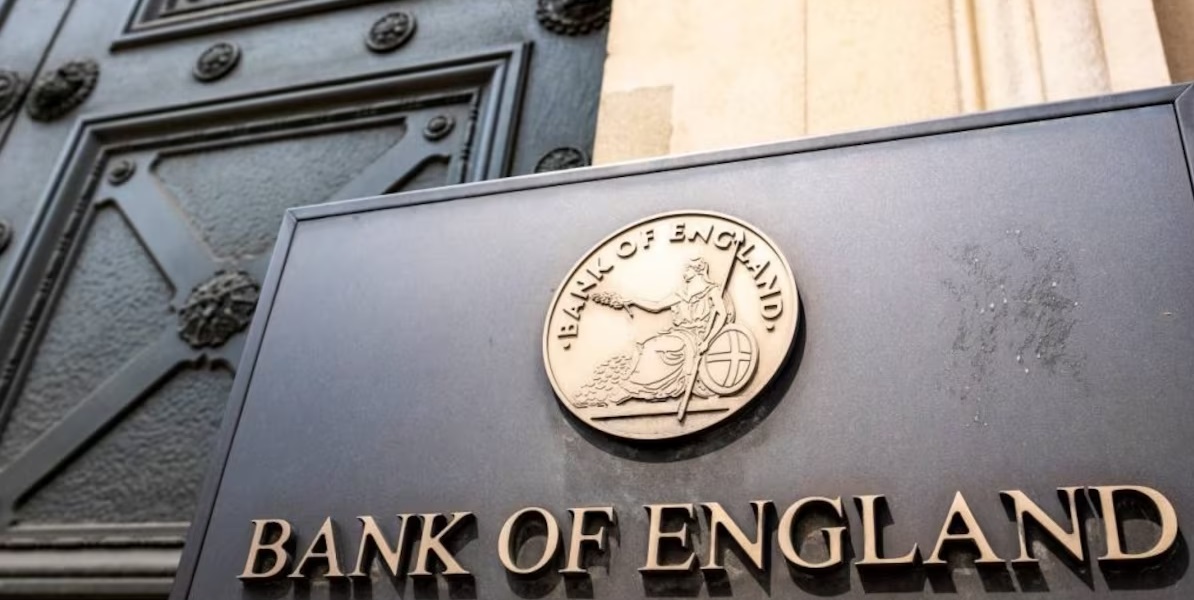In Singapore, CFD trading has become famous for people to participate in financial markets due to its flexibility and accessibility. With CFDs, traders can speculate on financial instruments’ price movements without owning the underlying assets.
If you’re new to CFD trading or looking to deepen your understanding, this article serves as an essential primer to demystify the world of CFD trading in Singapore.
What are CFDs and how do they work?
To understand CFD trading, it’s essential to grasp the concept of CFDs and how they work. A CFD is a financial derivative contract that mirrors the price movements of an underlying asset, such as stocks, indices, commodities, or currencies. When trading CFDs, you don’t own the underlying asset but rather speculate on its price movements.
CFD trading works on the principle of buying or selling contracts based on your prediction of whether the underlying asset’s price will rise or fall. If you believe the price will rise, you enter a long (buy) position, and if you anticipate a price decline, you enter a short (sell) position. The difference between the opening and closing prices of the CFD position determines the profit or loss.
Advantages of CFD trading in Singapore
CFD trading offers several advantages that make it an attractive option for traders in Singapore. One key advantage is the ability to take advantageof rising and falling markets. Unlike traditional stock trading, where you can only find opportunities from price increases, CFDs allow you to take advantage of price movements in any direction by entering both long and short positions.
Another advantage is the leverage provided in CFD trading. Leverage allows you to control a more prominent position in the market with a smaller initial capital outlay. However, it’s important to note that while leverage can amplify potential returns, it also amplifies potential losses, so risk management is crucial when trading with leverage.
Understanding CFD trading risks
While CFD trading offers numerous opportunities, it also carries certain risks that traders should be aware of. One of the key risks is market volatility. The price movements of the underlying assets directly influence CFD prices. Therefore, sudden and substantial price fluctuations can result in significant gains or losses. Traders must carefully manage their positions and employ risk management techniques to protect their capital.
Another risk to consider is counterparty risk. When trading CFDs, you contract with the CFD provider or broker. If the provider becomes insolvent, it may impact your ability to execute trades or withdraw funds. Choosing a reputable and regulated CFD broker to mitigate counterparty risk is crucial.
Choosing a CFD Broker in Singapore
Choosing the right CFD broker is paramount for a successful trading experience. Consider factors such as regulation, trading platform, product range, customer support, and trading costs. Opt for a broker regulated by the Monetary Authority of Singapore (MAS) to ensure high security and protection for your funds.
Evaluate the trading platform offered by the broker. Look for a user-friendly platform with advanced charting tools, real-time market data, and order execution capabilities. A reliable and feature-rich platform can enhance your trading experience and provide the necessary tools to make informed trading decisions.
Risk management strategies in CFD trading
One key to managing risks in CFD trading is to use stop-loss orders. These pre-set prices trigger the automatic closure of trade and limit potential losses. By setting a stop-loss order, traders can define their risk tolerance and protect themselves against excessive losses. It’s crucial to determine the appropriate stop-loss level based on the trade’s volatility and the trader’s willingness to take risks.
Another risk management technique is diversification. Diversifying your portfolio involves spreading your investments across different assets or markets. This strategy aims to reduce the impact of any single trade or market event on your overall portfolio. By diversifying, traders can offset losses in one position with gains in another, mitigating risk.
With that said
CFD trading in Singapore allows traders to participate in financial markets and take advantageof price movements in various assets. By understanding the basics of CFDs, recognising the advantages and risks, and selecting a reputable CFD broker, you can confidently embark on your CFD trading journey. Remember to continuously educate yourself, practice risk management, and develop a trading plan to maximise your chances of success.




